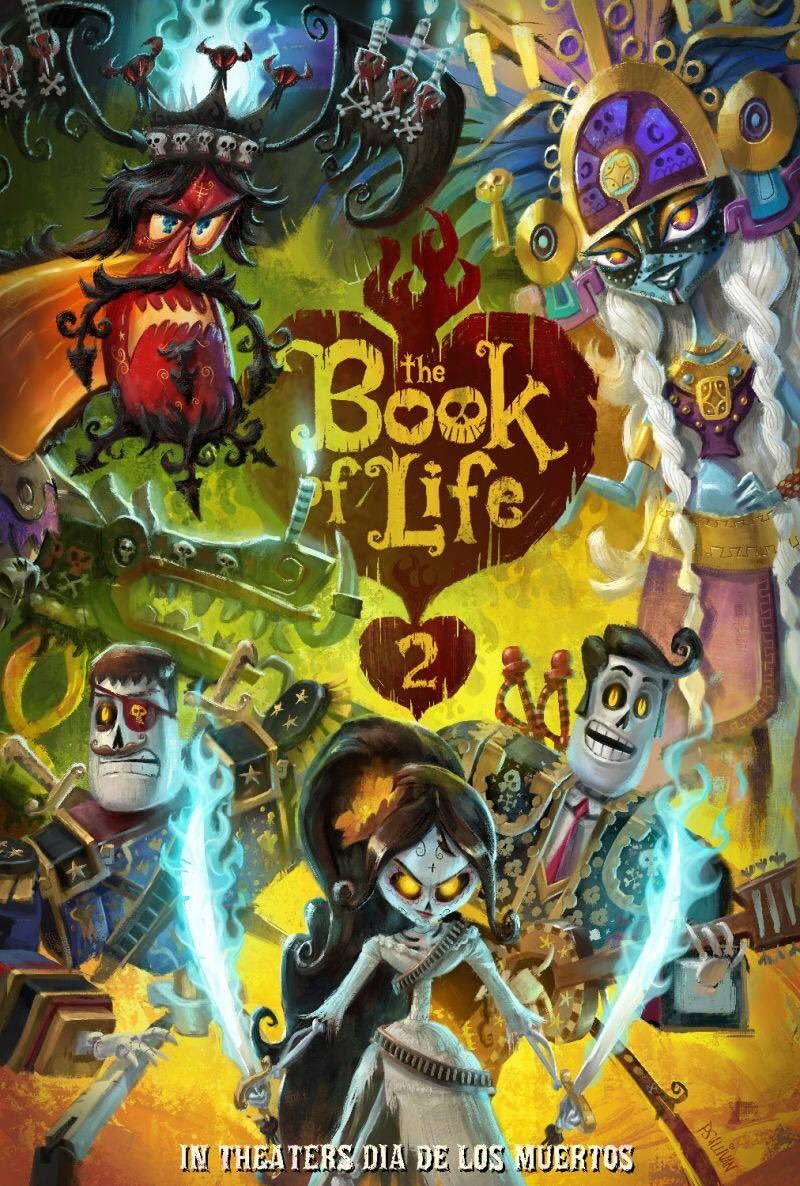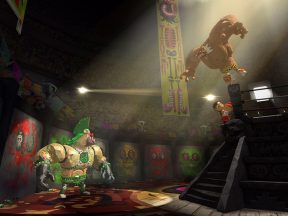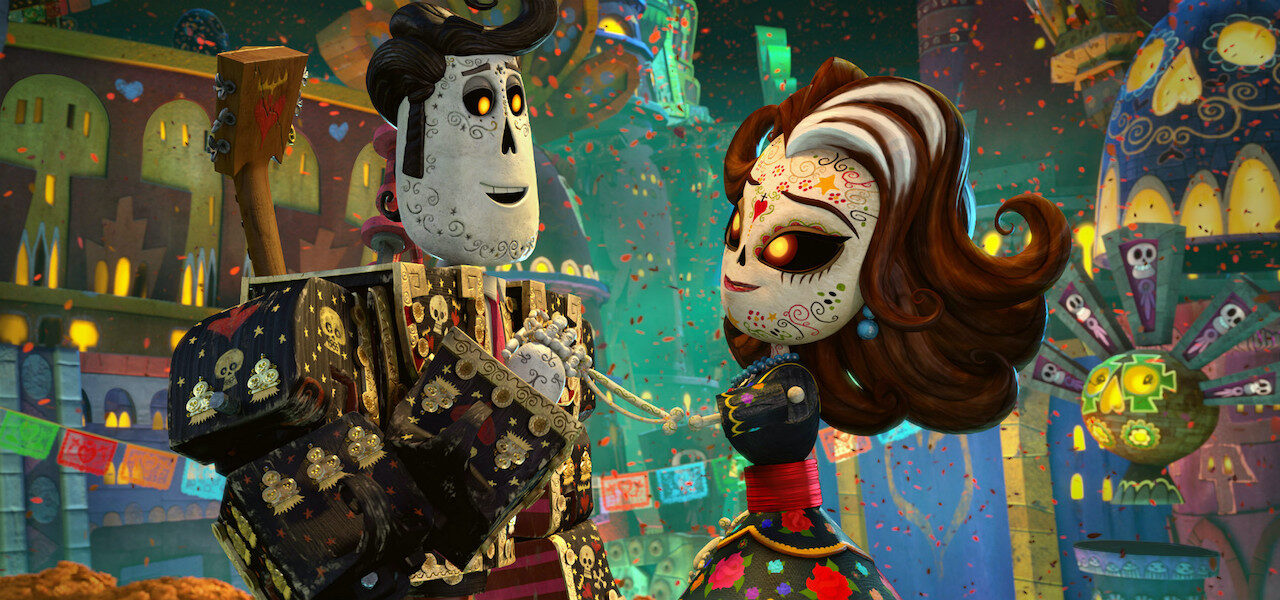
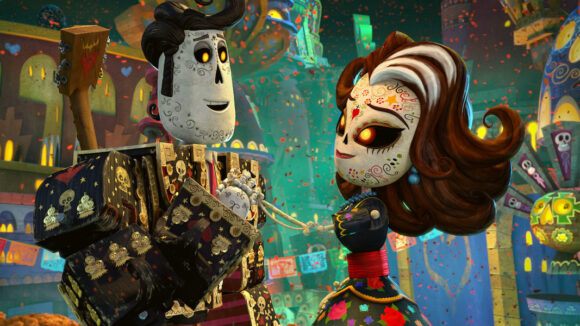
Tales From The Cutting Room Floor: Jorge Gutierrez On ‘The Book Of Life’
Welcome to Tales from the Cutting Room Floor, a new series in which we unearth shots, scenes, and sequences that were dreamed up for an animated film or series, then discarded along the way. For the first installment, we speak to acclaimed Mexican filmmaker Jorge Gutierrez about his 2014 feature The Book of Life.
The film, which was produced by 20th Century Fox Animation (now the Disney-owned 20th Century Animation) and Reel FX, is set around Mexico’s traditional Day of the Dead. The story follows two men, proud Joaquin and sweet-natured Manolo, as they court the local mayor’s daughter Maria Posada. The two men compete fiercely for her hand, but reconcile after a climactic fight in which Manolo prepares to sacrifice himself for the community and Joaquin saves his life. Maria marries Manolo, her true love.
This ending isn’t the one Gutierrez initially wrote. Below, he tells us how the film ended in his original draft, and why he ended up changing it …
The scene that got cut
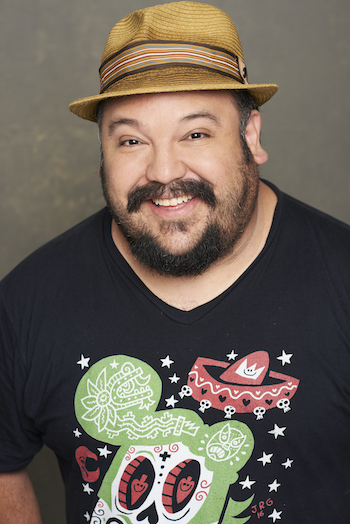
Jorge Gutierrez: Before 20th Century Fox became involved in 2011, the original ending to The Book of Life was much more bittersweet and frankly more Mexican. I wrote this version of the script with my writing partner and lifelong collaborator Doug Langdale — with my secret weapon, my wife Sandra Equihua, always reading and commenting first. It’s the draft my beloved Guillermo del Toro read and loved when he kindly jumped in to produce, creatively collaborate, and help us get it made. I cried writing this ending and I just cried writing about it! Yup, I cry a lot.
The film began in San Angel (the fictional island town where the movie takes place), with a funny and charming old Mexican woman narrator telling us an old Mexican folk tale. Same story from there, but the ending was very different:
In the final fight against Chakal, our hero Manolo sacrifices himself, saving the whole town. There’s nothing any of the gods can do, but Manolo is really happy he died for something bigger than himself. So the final epic wedding is between a living Maria and a dead Manolo. As the wedding party ends, Manolo and Maria kiss and promise to visit each other on every Day of the Dead. Manolo goes off to the Land of the Remembered with the rest of the dead.
Back in the present, we reveal the narrator is Maria as an old lady in the San Angel cemetery, which is now huge, bursting with life on the Day of the Dead. And she has just told the folk tale to a group of children from all over the world. The kids run off excitedly, commenting on the story to their parents. As all the crowds exit the cemetery, old Maria is at the cemetery gate waving everyone adios. She slowly closes the gate.
In the distance she hears a guitar strumming Manolo and Maria’s serenade song. She smiles knowingly. She slowly walks to the center of the cemetery to Manolo’s grave. The music swells and becomes more magical. But as she walks past a grave, she is no longer a frail old woman but a strong and beautiful skeleton. Skeleton Maria smiles and looks up to see a skeleton Manolo waiting for her to sing their song. All the dead, including her father and Joaquin, are there with Manolo smiling.
Manolo and Maria, together forever now, sing as one. The giant moon and the stars come down to join the fiesta as we fade to black. The end.
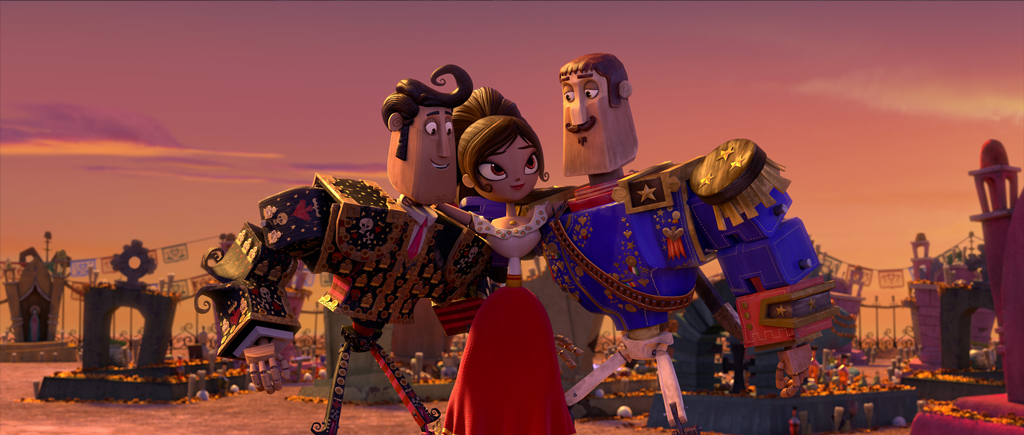
Why it didn’t stay in the film
Gutierrez: I want to be clear that everyone loved that original ending! Including all our producers and execs at both Reel FX and Fox. But just like Disney, Pixar, and Dreamworks, Fox Animation had made billions with Ice Age sequels and they were already working on Rio 2. Sequels were really huge for them, especially in the international markets.
I originally envisioned a Book of Life trilogy, but not in the way people expected. I wanted to make another film about Maria’s whole life and a third one about Joaquin. But to me, with that original script, Manolo’s story, his arc, had ended. With this original ending, there was zero chance of a Book of Life sequel [in the sense that the executives wanted].
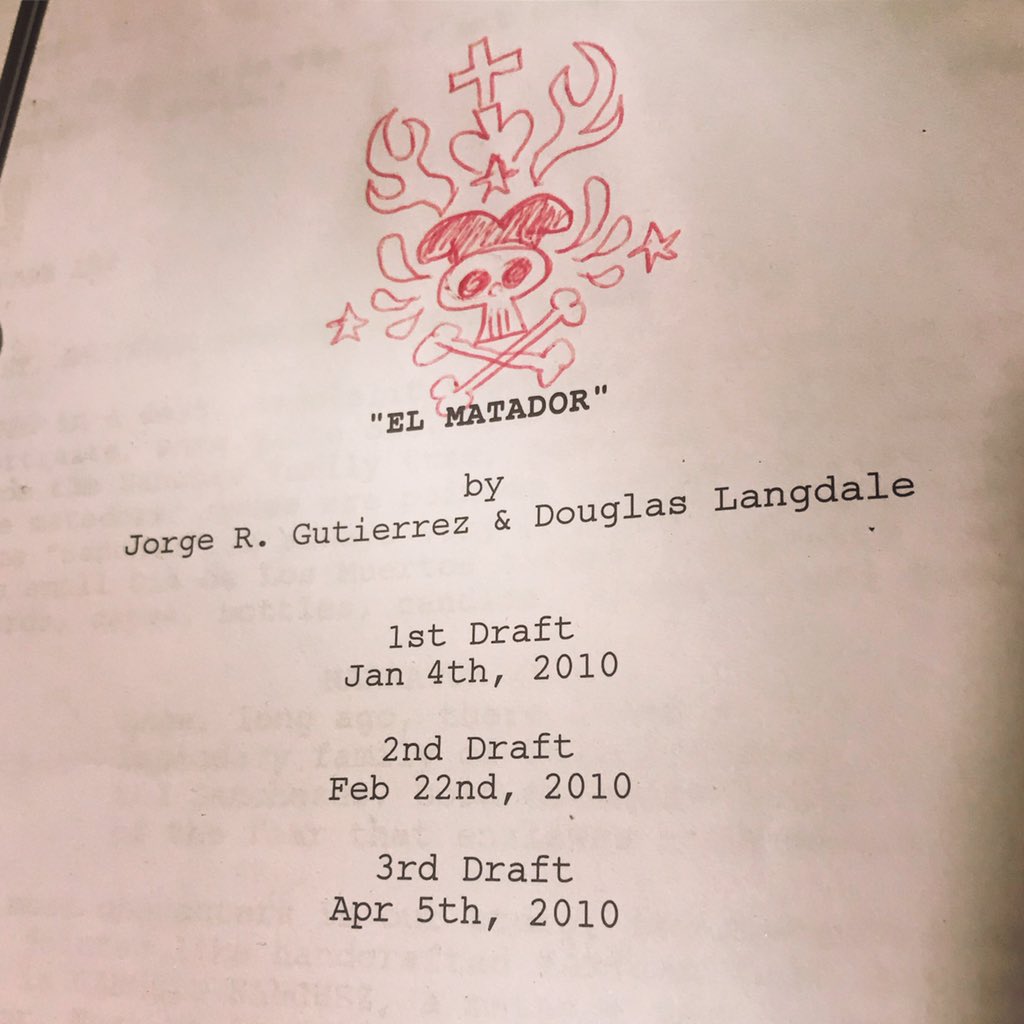
As an animated film that wholeheartedly embraced Mexico’s love affair with death, it was already considered a super-risky project. I totally understand the studio’s reasoning. Our film cost $50 million. While not as much as the other big studio films of that time (many of which cost three or four times as much), this was still a huge investment for everyone, and of course they needed the film to be a huge commercial success.
So Guillermo and I talked, and he really helped me navigate the situation not only as a seasoned filmmaker and producer but as a friend. He told me to come up with an ending that I could be proud of and that could leave the door open for a sequel — to come up with something that I loved and that they loved. Or I could walk away. So, after lots of soul searching and tequila, I came up with an ending that allowed the film to finally get made.
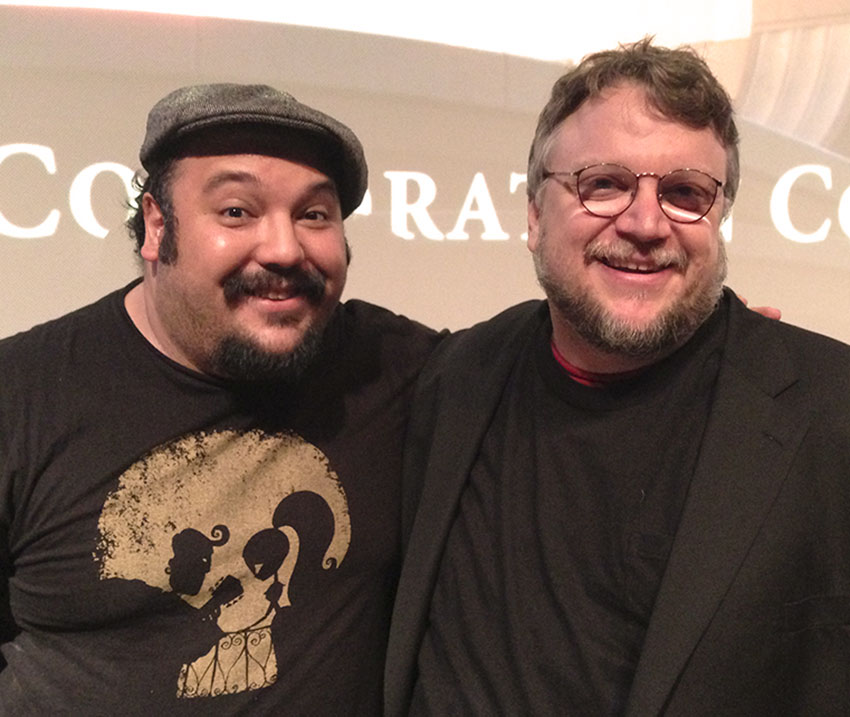
The original ending never made it to storyboards. All this happened in script. Once we had written the new ending, which was incredibly hard to write since it changed the beginning and middle, we turned in a new draft. I was emotionally exhausted afterwards. If they didn’t like it, I was ready to walk and become a farmer in Mexico. But everyone, including Guillermo, loved it! I was so relieved. We went off to boards and the rest is history.
I absolutely adore the new ending. And I adore the original ending that exists in my head. I love both.
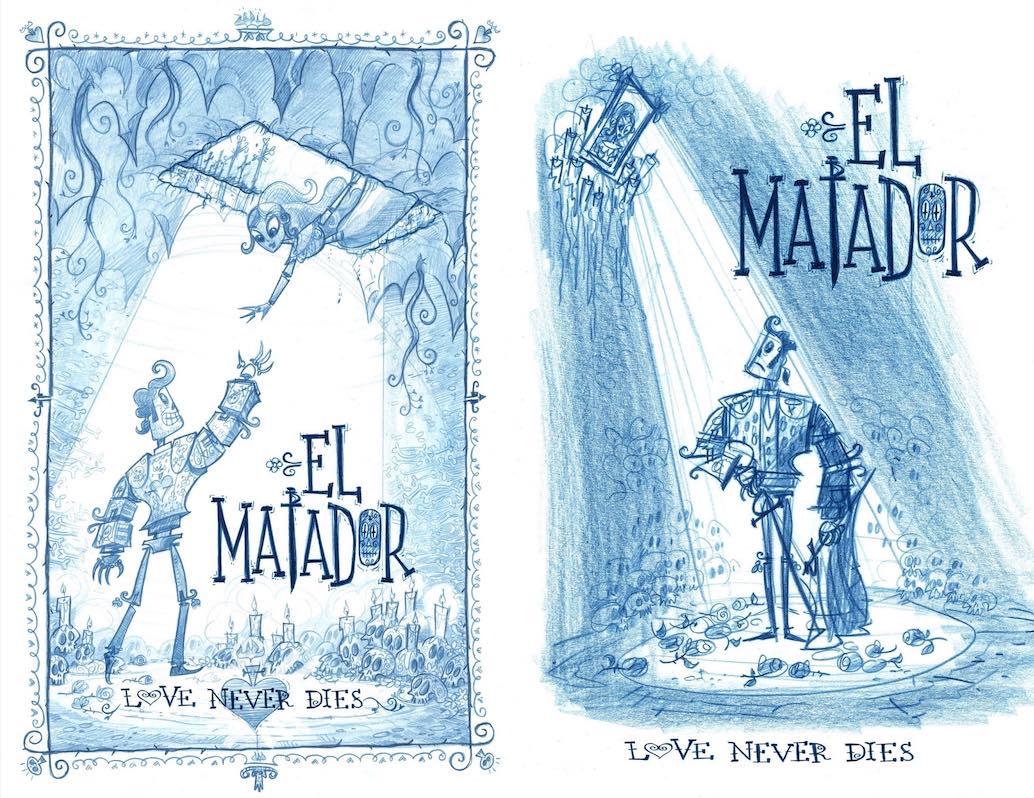
Big-studio filmmaking, for almost everyone, is all about compromises. Content, money, and time. You will always want to push the envelope. You’ll never have enough money and time. It’s what it is if you need millions to make your film. And it’s definitely not for everyone. You have to get comfortable navigating these waters or you will drown.
I will be happy to eternally dive into these shark-infested seas, with a dagger of truth in my mouth, as long as I get to make my stories with heart. Because, honestly, there’s nothing better than sacrificing yourself for something bigger than you.
A Book of Life sequel?
Gutierrez: I’m currently, and extremely happy, set up for the foreseeable future with the amazing folks over at Netflix Animation. So, as you can imagine, I am not working on the sequel at all. But I must admit I have a pretty epic idea for it. It’s insanely ambitious and will need a HUGE licensing budget for music. I pitched it to Fox after the film was out and they passed on it (“This is HUGE!”), but I think they knew the Disney sale was imminent.
There’s no outline or treatment — it’s all just in my head. Dreaming out loud, my wife Sandra Equihua and I designed some of the new god characters and Paul Sullivan painted a poster for an art show about non-existent sequels for Iam8bit [see below]. You can get a taste of where the film is going. So who knows what the future holds? How’s that for a vague tease!
“The Book of Life” will be available on Disney+ in the U.S. from February 19.
